The Off-Season Is the Best Season at These National Parks
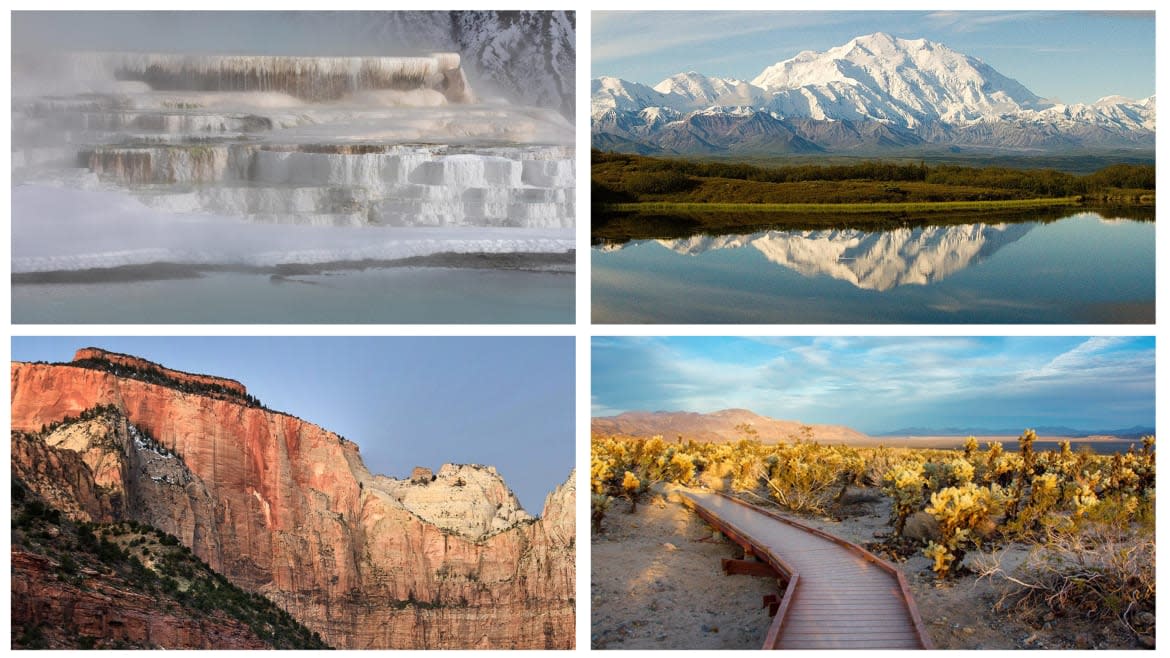
Once the post-lockdown crowds descended upon the Great Plains and the Rocky Mountains this summer, social distancing in the great outdoors suddenly seemed like an improbable task. Luckily, it's a well-kept secret that the off-season is actually the best season in many of these National Parks—once the crowds have departed, the wide open spaces are yours for the taking. (After consulting the NPS COVID-19 guidelines, of course). From the deserts of the southwest to the tundra of Alaska, here are the top National Parks to visit in winter.
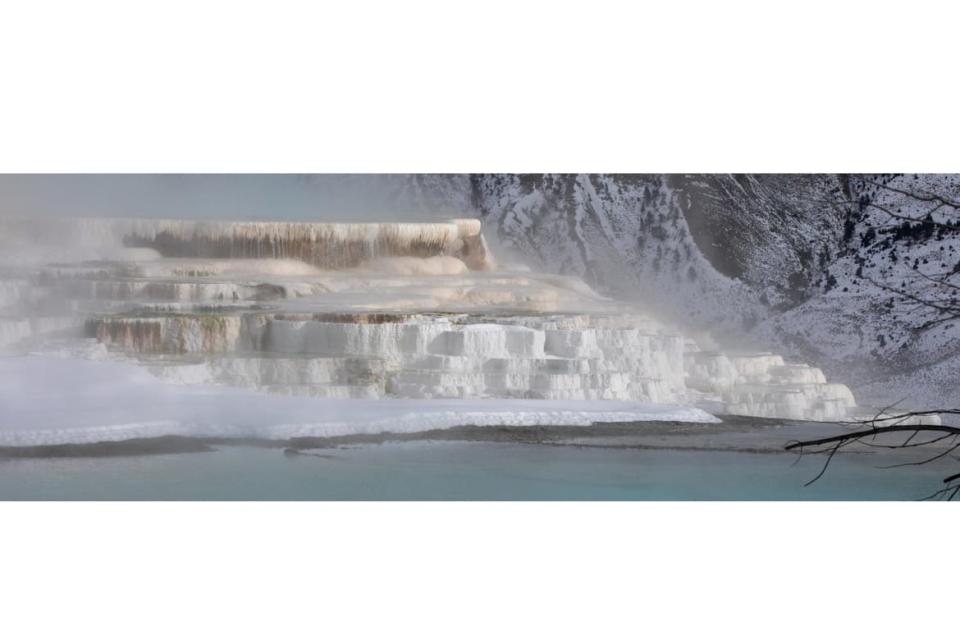
YELLOWSTONE
It’s been said that the Mykonos crowd discovered Yellowstone this summer, and it’s true that the park experienced an uptick in domestic tourism. So, why not visit the world’s first National Park this winter, now that the thwarted travel influencers have departed for the season? (To nearby ski resorts, most likely). After all, snowmobiling to hidden hot springs across pristine fields of snow is far superior to waiting an hour in a crowded parking lot for Old Faithful to erupt.
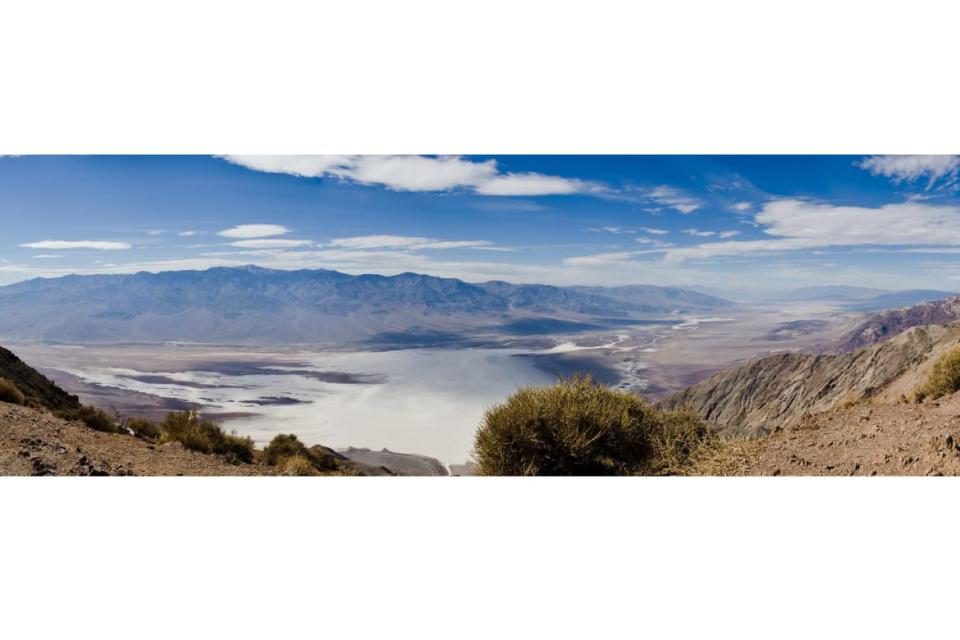
DEATH VALLEY
Winter is the only time of year when the temperature is cool enough (hovering in the high 60s to low 70s) to hike among the volcanic craters, turquoise sands, and sprawling salt flats of Death Valley. The park is known as the hottest place on earth—an assertion I can testify to, having been stuck there for hours without air conditioning on a 116° July afternoon. And the scorching southwest sun can render the iconic Mosaic Canyon trail unbearable by early spring (the most popular season to visit). Though lodging will be closed this winter due to Covid precautions, trails, roads, and overlooks remain open—and park hours are longer in the wintertime, too.

GRAND CANYON
Only 10% of all visitors travel to the Grand Canyon in the wintertime, which is reason enough to visit the National Park once the temperatures drop. The familiar landscape—steep, red-stained cliffs against the brilliant turquoise waters of the winding Colorado River—is eerily beautiful without the disruptive influence of foot and vehicle traffic (both of which prevent full immersion into the wild). And, while the North Rim is closed until May 15th, the South Rim is open all winter (and is also the drive that provides the most sweeping views of this iconic American landscape). It’s the perfect opportunity to bask in the glory of the Bright Angel Trail relatively undisturbed.
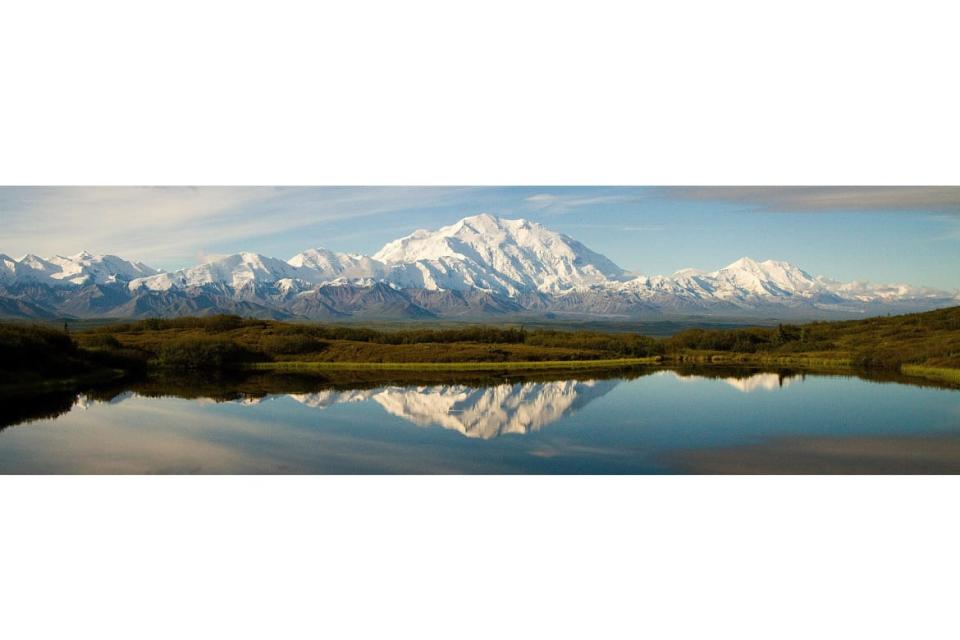
DENALI
Given the popularity of Alaska travel in the summertime, it’s a hidden secret that Denali National Park is best enjoyed in the colder months. Denali is one of the best places on earth to witness the Aurora Borealis, and late February to early March is the best time of year to see the northern lights. So, the odds are ever in your favor. The Riley Creek Campground remains open, and visitors should obtain backcountry permits if they plan on wilderness camping. Another option, of course, is to splurge on a luxury cabin at the Sheldon Chalet—the ultimate way to stargaze (and social distance) in style.
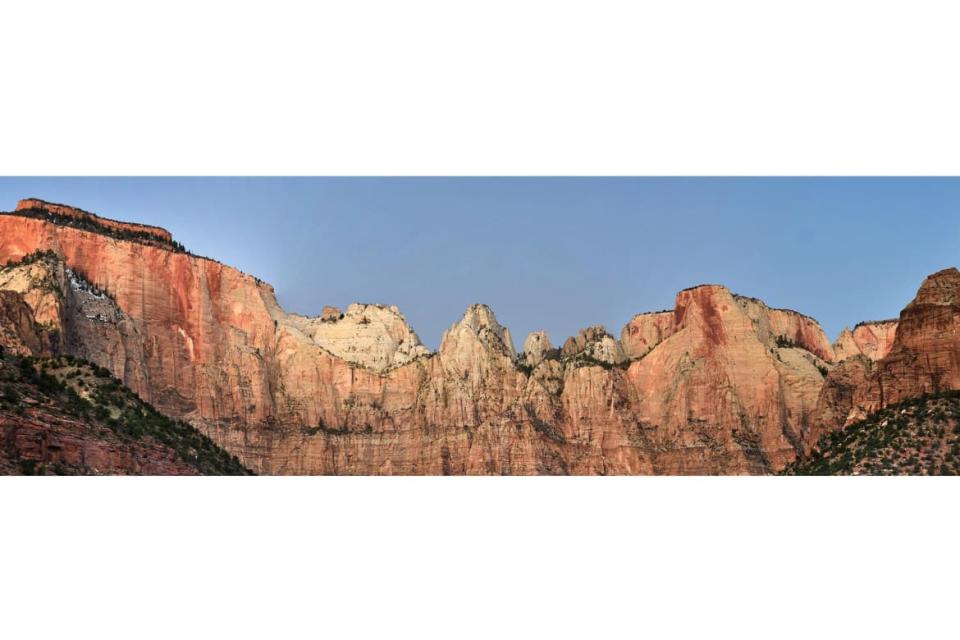
ZION
Of all the National Parks that constitute Utah’s Mighty 5, we are partial to the temples, towers, and flat-topped mesas of Zion National Park. And January is one of the most beautiful months to visit when the snow-covered cliffs strike a jarring contrast to the park’s red-rock canyons and forested plateaus. Zion Canyon Scenic Drive is open to private vehicles all winter, and there’s no better time to mimic Jack Kerouac and set out on the road. The Zion Canyon Shuttle will resume weekend service on President’s Day before beginning daily service in early March, though travelers should reserve their tickets in advance.
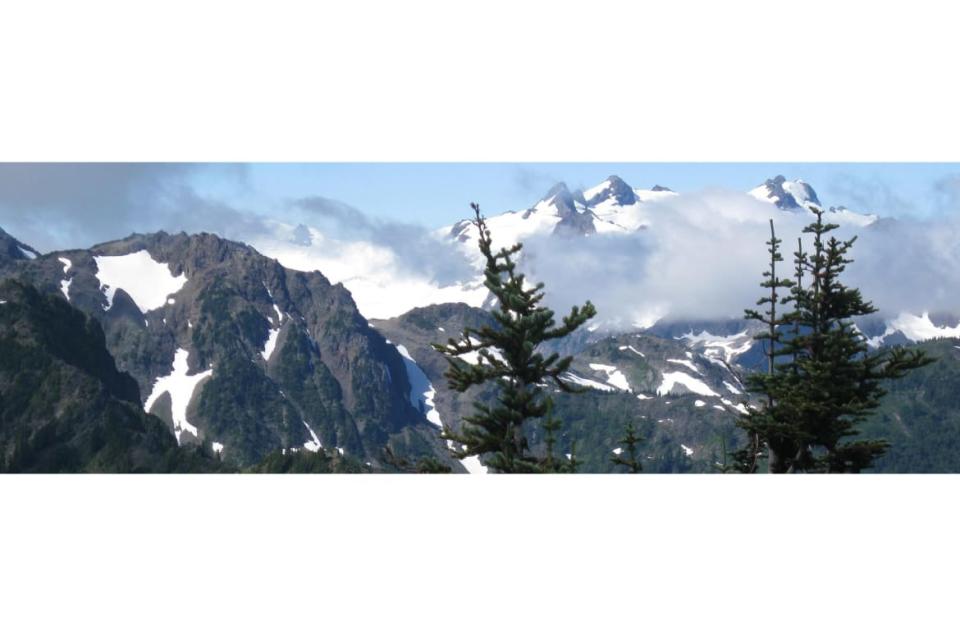
OLYMPIC
Hit the slopes at Olympic National Park, the westernmost ski area in the continental U.S. The 5,242 foot Hurricane Ridge is open from Friday to Sunday in the months of December through March—a picturesque playground for downhill and cross-country skiing, snowboarding, snowshoeing, tubing, and more. But that’s not all this sprawling Pacific Northwest oasis has to offer—the park spans nearly a million acres of glacier-capped mountains and old-growth forests in Washington state. We recommend storm watching along the Pacific Coast as another exciting winter activity that’s slightly closer to sea level.

JOSHUA TREE
The land where the Mojave and Colorado deserts meet in southern California, Joshua Tree has long been a favored destination for nature lovers and spiritual seekers alike. (The latter, of course, embodying a very West Coast version of wanderlust). But you don’t need to believe in New Age mysticism to appreciate the park’s transformative beauty. And winter is the perfect time to explore the Rain Shadow Desert before throngs of selfie-wielding tourists descend upon the park in the spring season. Plus, the cooler temperature (daily highs of 66°) is ideal for tackling some of the longer hikes that only become more challenging as the desert heat intensifies later in the year.
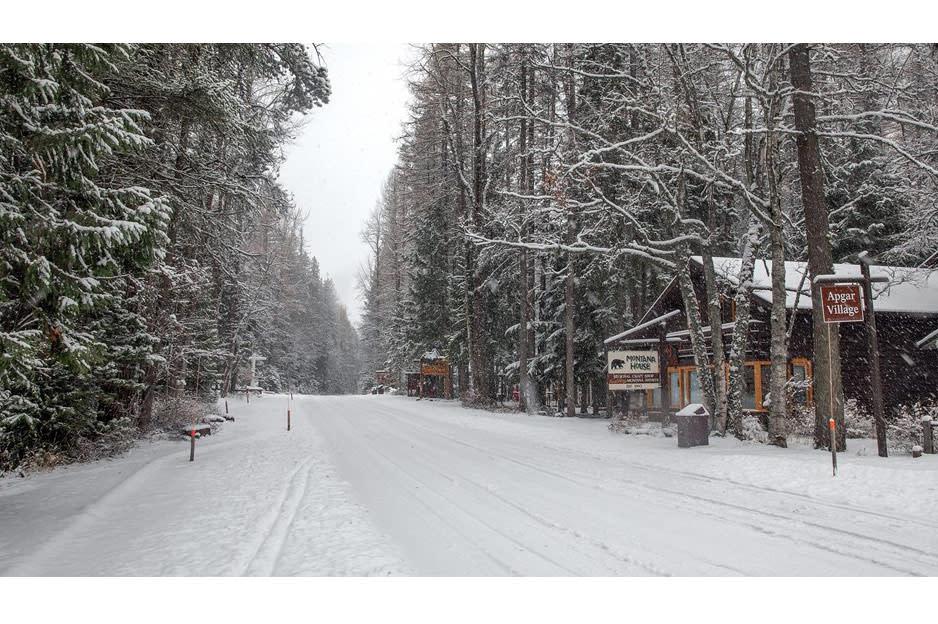
GLACIER
If Alaska is slightly too far to travel for the northern lights this winter, then head to Glacier National Park, a designated dark sky park in northwest Montana instead. And there’s no better place to observe the Aurora Borealis than along the shore of Lake McDonald, with its aquamarine water carved by Ice Age glaciers and surrounded by the jagged peaks of the Rocky Mountains. Luckily, while the eastern entrance to the park is closed due to Covid precautions, the Going-to-the-Sun Road from West Glacier to Lake McDonald is open year-round (and the vehicle entrance fee is reduced in the winter months).
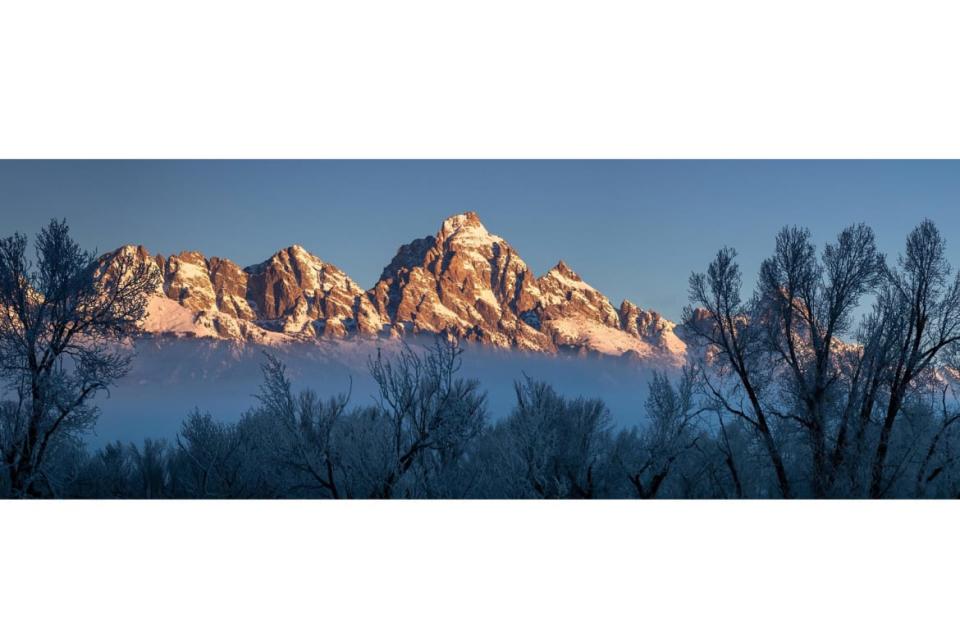
GRAND TETON
Finally, head over to Grand Teton National Park to experience the majestic Teton mountain range of western Wyoming covered in snow. From November 1st to May 1st, the Teton Park Road from Taggart Lake to Signal Mountain is open for non-motorized use only, transforming the park into a veritable wonderland for cross-country skiing and snowshoeing. (The park also provides Nordic Ski Ambassadors to assist with beginners as they learn to traverse the terrain). Other winter highlights at Grand Teton include snowmobile safaris to observe the local wildlife, and extensive backcountry opportunities for intrepid skiers and snowboarders (though permits are required for overnight excursions).
Get our top stories in your inbox every day. Sign up now!
Daily Beast Membership: Beast Inside goes deeper on the stories that matter to you. Learn more.

 Yahoo Movies
Yahoo Movies 
